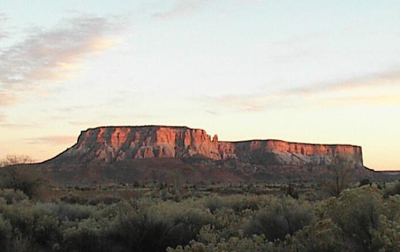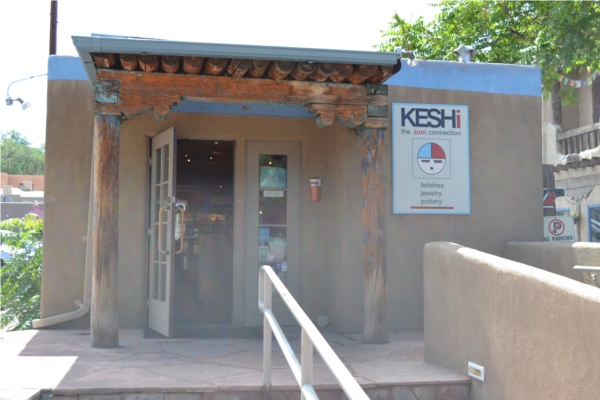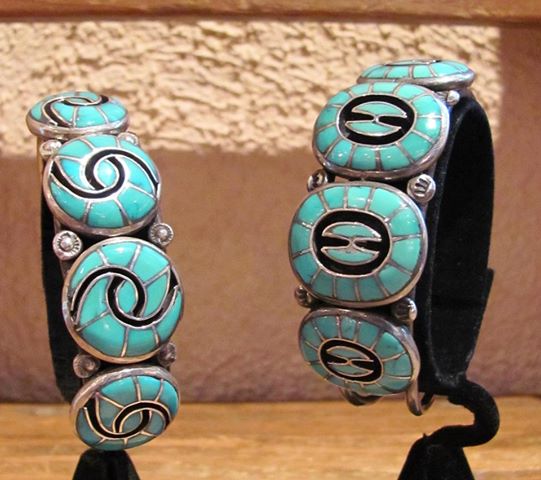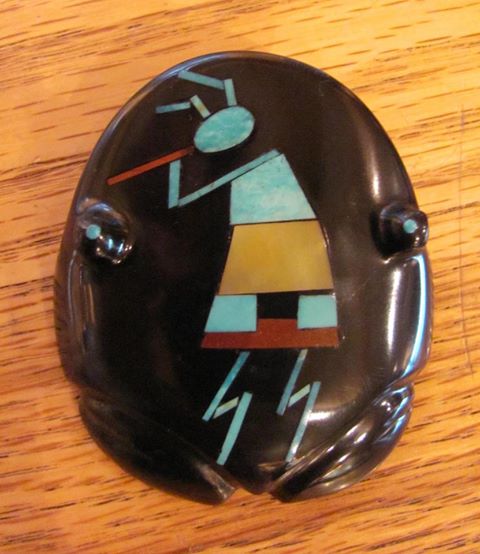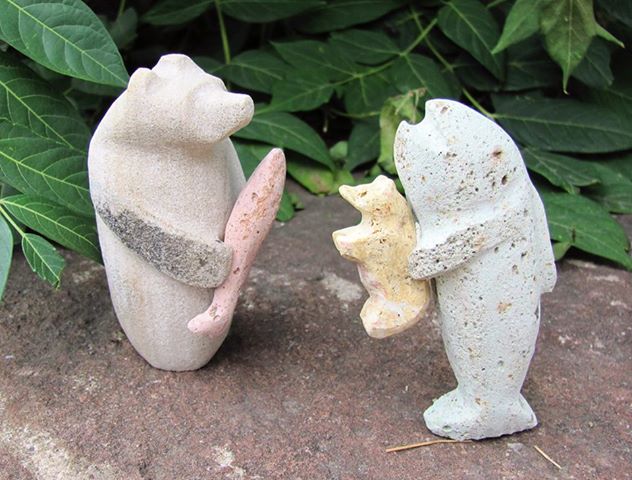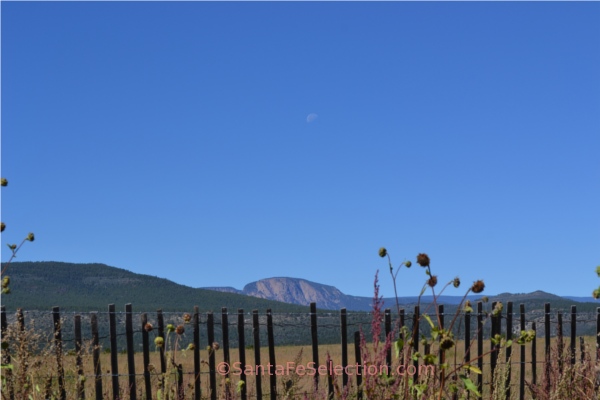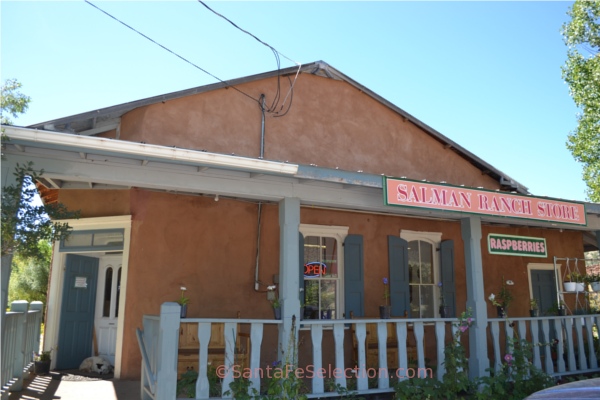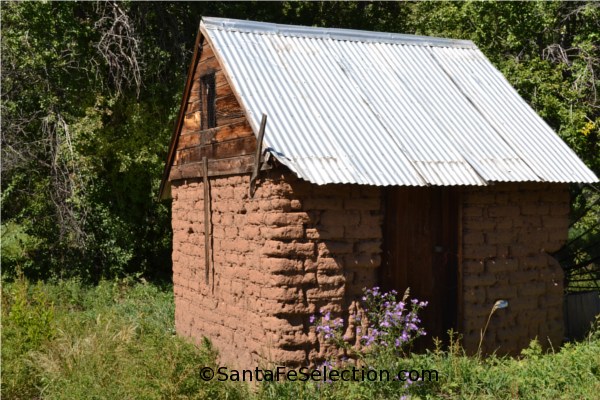Chocolate being one of my favorite things in the world, it makes me happy that Santa Fe is home to some of the nation’s best chocolatiers and confectioners. The well-known Santa Fe Chocolate Trail holds two locations where you can find authentic hand-made confections by chocolate artisan C. G. Higgins – known to most as Chuck. Recently, Chuck was able to take a little time out of his busy schedule to meet with me, and I took the opportunity to get to know a little more about the man and the candy.
Chuck had his first experience with a life-changing, home-made confection at the ripe ole’ age of twelve. “It was the Sixties. I was at an amusement park at Lake Okoboji, in Iowa,” he says, “There was a family-owned candy shop that sold amazing, truly home-made nut rolls. It was like an epiphany for me. I haven’t been the same since,” he laughs.
Though his initial career was in sales at a major corporation, it was merely a temporary diversion from his true passion. He remained close to the candy makers he’d met at the Amusement Park and learned a lot from them about making confections.
In 1981, he kicked off his candy-making career with his own hand-made peanut rolls at the Minnesota Renaissance Festival.
The Minnesota Renaissance Festival is the largest of its kind in the United States, averaging an annual attendance of 300,000. Chuck worked with stone-masons to build the two-story stone tower of a shop that he called the Hand Maid Sweet Shoppe. He called his confections The King’s Nuts, and quickly became the top-selling independent vendor. “The biggest problem we had was keeping up with production. We had to make them on site. We had no off-site kitchen,” recalls Chuck.
The next year, his work with the major corporation ended due to downsizing, which gave him the opportunity to focus on his passion full-time. Chuck moved into vending at state fairs and other special events around the country, taking him from Miami to Canada and everywhere in between.
He added Caramel Apples in a Dish to his menu, which soon became his biggest seller at fairs; eight slices of juicy apple smothered in homemade caramel sauce. His freshly-made caramel apples were a hit and continue to be a popular item during the fall season here in Santa Fe. Many folks like to serve them at their Halloween parties.
It was 1993 when a friend asked Chuck why he hadn’t sold at the New Mexico State Fair yet. “Quite frankly,” Chuck says, “I had never thought about it.” There happened to be a last-minute opening for a stand, and Chuck took it. “The response was overwhelming! People stood in line for forty-five minutes to buy the caramel apples. The folks went ballistic over them. We eventually became the third, overall, top seller at the Fair, and had to have three cash registers to cover the demand.”
At the time, Chuck’s headquarters were in New Orleans. For the seventeen-day-long New Mexico State Fair, he had to transport nearly three tons of caramel to Albuquerque by air-freight. He laughs, “It was only logical to move here.”
Chuck eventually moved to Santa Fe in 2001 to be with his partner Donald. They bought, remodeled and opened the first C.G. Higgins store on Ninita Street, at the corner of St. Francis Drive. He continued to sell at the New Mexico State Fair each year.
In 2011, he won the First-Place Scovie Award in two categories at the International Fiery Foods competition: The Unique Snack with his Chile-Pecan Brittle, and the Snack-Popcorn category with his New Mexico Chile Caramel Corn. Chuck uses red and green chile in each. They were noted for their concentrated chile flavor without too much of the kicking heat. It was the Chile Pecan Brittle that put Chuck on the Food Channel Network show, Road Tasted with the Neely’s.
As the success of his confection sensations continue, so do Chuck’s ideas for expanding his line. He now offers an extensive variety of rich and exotic truffles, nut brittles, fudge, and sipping chocolates made by hand from real chocolate, (not cocoa powder) vanilla beans and roasted almonds.
2013 sees Chuck’s 20th anniversary at the N.M State Fair, and he has decided to make it his final appearance there as a vendor. But never fear, his enthusiasm is still in its prime. “It’s been my passion for almost thirty-five years,” he says, “Now, I’ve decided to put my energies into my new shop location on Lincoln Avenue, and stay planted in Santa Fe.”
The Lincoln Avenue shop sits like an enticingly wrapped confection itself, smack in the middle of the downtown historic district, literally steps from the Plaza.
It opened its doors in July 2013, to a warm welcome by the community. It is a popular stop for those who work at neighboring businesses – and for strolling locals and travelers who are happy to take a moment’s respite and revive with a shot of chocolate love from sipping chocolates, truffles or desserts.
The Lincoln Avenue location also serves Taos Cow Ice Cream, a selection of cakes and pastries, and such morning starters as scrumptious, freshly-baked cinnamon rolls to go with your coffee.
The Ninita Street location houses the kitchen and the first cafe.
It will remain the hive of industry for Chuck, where all his confections are hand-made – and guests are always welcome.
If you’re planning ahead, or live out of town and are thinking of giving special Santa Fe confections as gifts for the upcoming Holiday season, you can contact Chuck, or access his website by going to: http://santafeselection.com/chocolate/c-g-higgins-confections
















